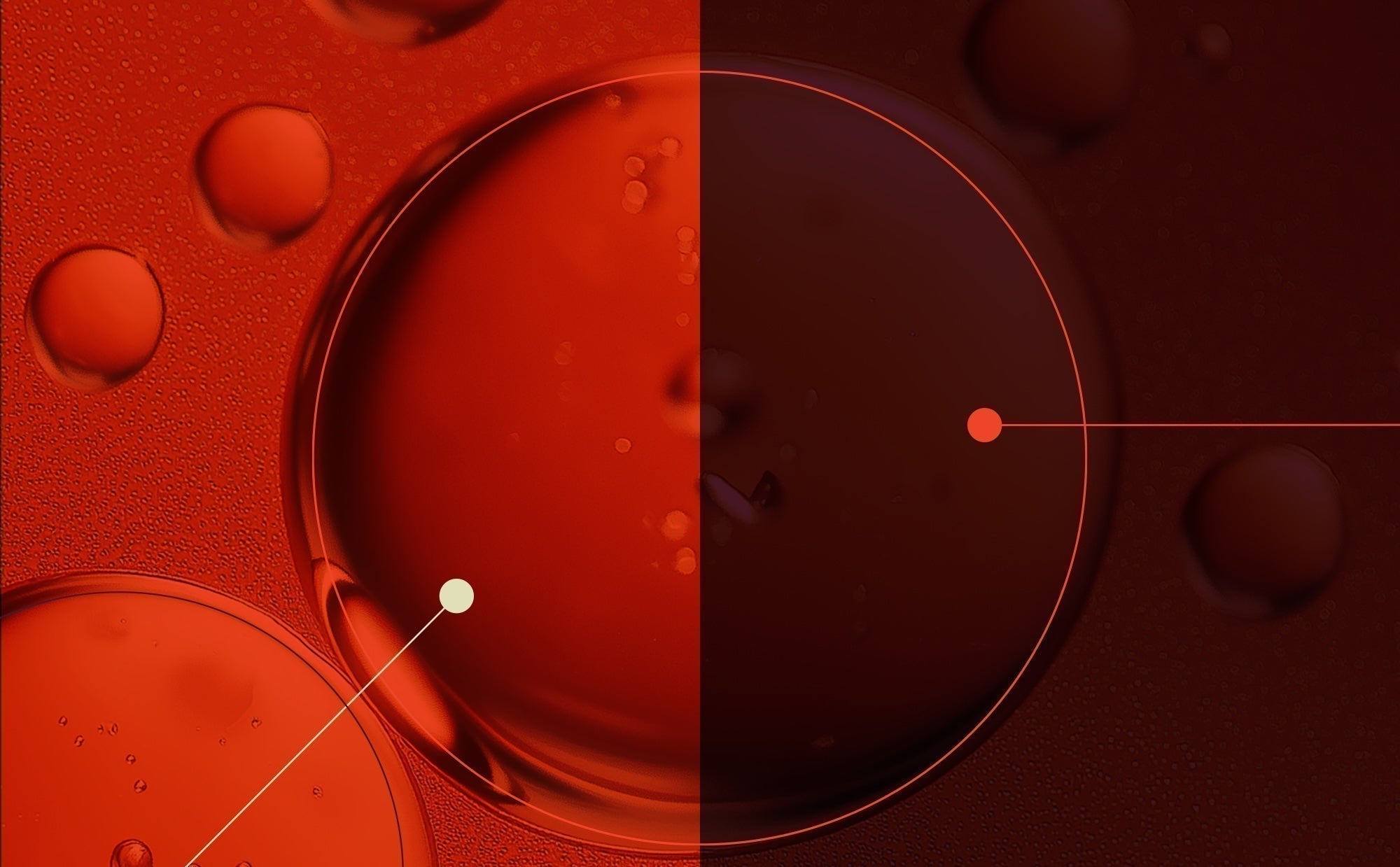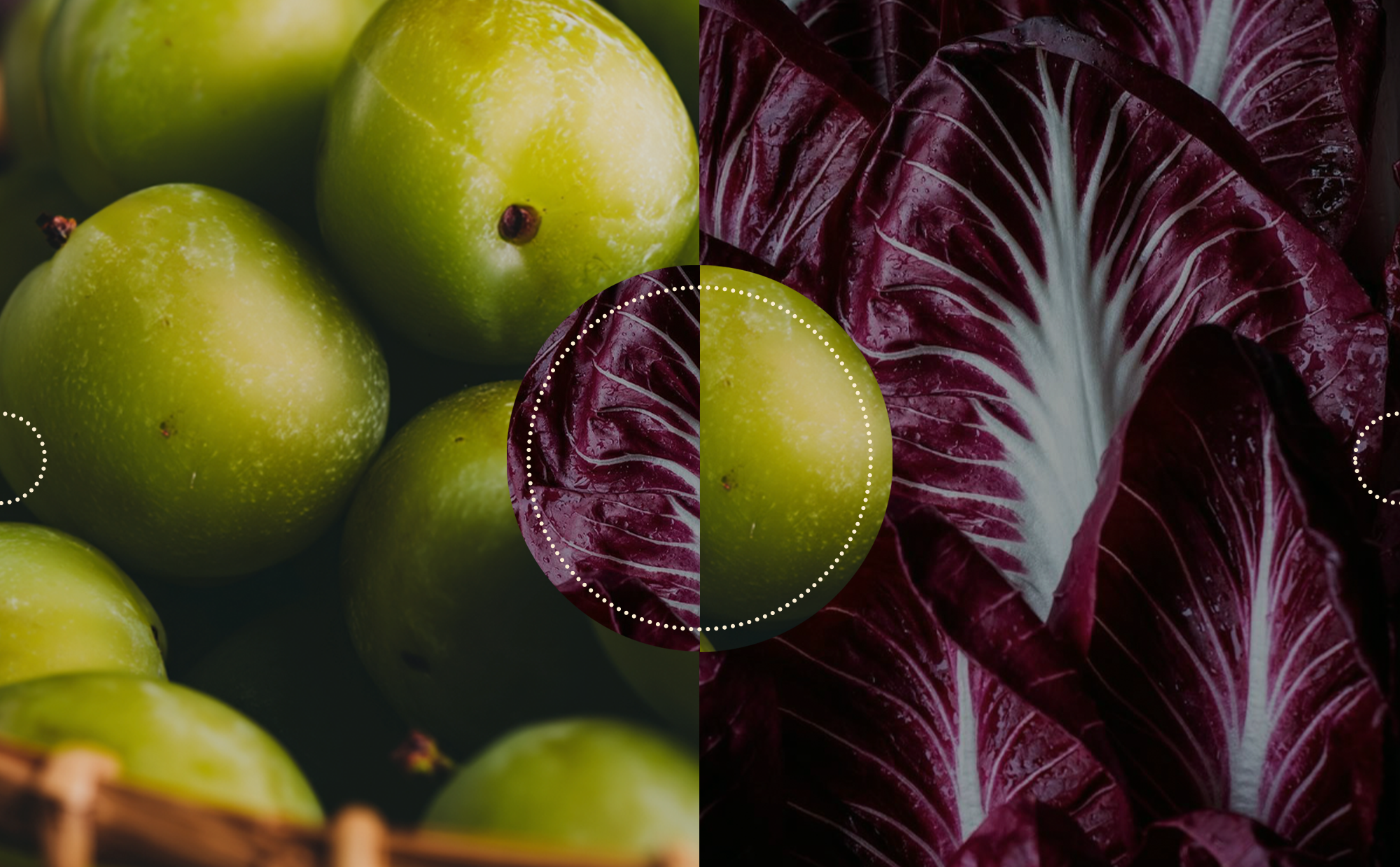Busting prenatal multivitamin myths: Separating fact from fiction in prenatal nutrition
When it comes to prenatal vitamins, there’s no shortage of misinformation, half-truths, and outdated recommendations. Many women are left wondering: Are all prenatal vitamins the same? Do I really need one if I eat well?
At Land Lab, we’re committed to an evidence-based approach—bridging clinical research and functional nutrition to provide the best possible support for maternal health. Today, we’re breaking down three of the biggest myths about prenatal multivitamins so you can make informed decisions about your pregnancy nutrition.
Myth #1: If I eat a balanced diet, I don’t need a prenatal vitamin.
The Reality: Nutrient gaps are real—even with a great diet.
Even the most nutrient-dense diet can fall short during pregnancy, largely because the demand for key vitamins and minerals skyrockets.
Good maternal nutrition is the foundation for healthy foetal development and optimal pregnancy outcomes. During pregnancy, the body’s requirement for essential vitamins and minerals increases dramatically. Without adequate supplementation, blood levels of key nutrients—such as vitamins A, C, D, K, and B vitamins (including folate, biotin, and B12)—levels can decrease, which can give rise to pregnancy complications including anaemia, preterm birth, and low birth weight.¹⁻³ Even worse, sub-optimal nutrient intake before and during pregnancy not only affects immediate outcomes but can also predispose your baby to long-term risks such as chronic diseases, including diabetes and cardiovascular disease.⁴⁻⁵
Despite living in a developed nation, micronutrient deficiencies during pregnancy are way more common than you might think.
Research shows that micronutrient deficiencies are prevalent among Australian women of childbearing age.
Iron: Anaemia during pregnancy is common worldwide.
⦁ Up to 25% of pregnant Australian women experience iron deficiency anaemia.⁶⁻⁸
⦁ Higher rates are reported for Aboriginal and Torres Strait Islander women (Townsville: 34.2%⁹, remote Northern Territory: 50%¹⁰, Far North Queensland: 54.5%¹¹)
Iodine:
⦁ One in every 5 (18 per cent) Australian women of childbearing age have an iodine deficiency.¹²⁻¹³
Vitamin D:
⦁ Approximately one in five pregnant Australian women are vitamin D deficient.¹⁴⁻¹⁵
⦁ Approximately one in four (26.5%) Aboriginal and Torres Strait Islander adults are vitamin D deficient.¹⁶⁻¹⁷
Choline:
⦁ Only 25% of pregnant Australian women meet the recommended intake for choline, a nutrient essential for foetal brain development.¹⁸
The high burden of micronutrient deficiencies among Australians emphasises the need for targeted nutritional interventions. A high-quality prenatal isn’t a replacement for a good diet, but it fills the gaps where micronutrient demands increase and real-world eating patterns fall short.
Myth #2: All prenatal vitamins do pretty much the same thing.
The Reality: Quality and formulation matter.
The truth is, the form, dose, and bioavailability of nutrients in a prenatal supplement significantly impact how well they are absorbed and utilized.Examples of key differences in formulation:Folic Acid vs. Methylfolate
⦁ L-methylfolate (5-MTHF) is the biologically active form of folate, meaning (unlike folic acid) it does not require conversion by enzymes like DHFR or MTHFR in order to be utilized by the body. This means it has been suggested as an alternative way to supplement folic acid for individuals with MTHFR gene variants, who may have a reduced effectiveness to convert folic acid to the active L-methylfolate.¹⁹
⦁ Research indicates that L-methylfolate supplementation can increase plasma and red blood cell folate levels to a similar or greater extent than folic acid at equivalent doses and also effectively reduces plasma homocysteine levels.²⁰⁻²² Unlike folic acid, it does not accumulate in unmetabolized forms in the bloodstream and does not mask vitamin B12 deficiency, which has been a consideration with high-dose folic acid supplementation.²³
Iron Forms Matter
⦁ Many prenatal vitamins use ferrous sulfate, which can cause nausea, constipation, diarrhea and abdominal pain.²⁴
⦁ Iron bisglycinate has been shown to be absorbed two to four times better than ferrous sulfate and has been associated with fewer gastrointestinal side effects.²⁵⁻²⁹ Results from a meta-analysis showed that iron bisglycinate was more effective than other iron salts in increasing hemoglobin levels and reducing gastrointestinal adverse effects in pregnant women.²⁴
Vitamin D forms matter
⦁ Vitamin D₃ (cholecalciferol) is more effective than Vitamin D₂ supplementation (ergocalciferol), because D₃ tends to raise blood levels more effectively.³⁰
Choline matters
⦁ Unfortunately, even though it is essential for foetal brain development and neural tube formation, 75% of Australian women have inadequate choline intake.¹⁸,³¹ That’s only 1 in 4 pregnant Australian women who are meeting the guidelines for choline intake! Despite this, most prenatal vitamins comprise minute doses of choline or leave it out entirely. The recommended adequate intake of choline for pregnant women is 440 mg/day and this increases to 550 mg/day while breastfeeding.³² High-quality formulations should include at least 500 mg of choline to support neurodevelopment.
Myth #3: You only need to take a prenatal during pregnancy.
The Reality: Preconception and postpartum nutrition are just as important.
The idea that prenatal vitamins are only necessary once pregnancy is confirmed is outdated. In fact, by the time most women realize they are pregnant, critical developmental processes have already taken place. The NiPPeR randomized controlled trial involving 1,729 women from the UK, Singapore, and New Zealand found that 90% of participants were deficient or depleted in levels of at least one nutrient (including folate, riboflavin, vitamin B12, and vitamin D) in the preconception period and without targeted intervention, these deficiencies could persist into the postpartum period.³³ In the trial, participants who supplemented with prenatal multivitamins substantially reduced the prevalence of deficiency/depletion markers before and during pregnancy.
Optimizing nutrition before conception and continuing to focus on it postpartum is essential for the long-term outcomes of both the mother and the baby.
Preconception
The preconception period is often overlooked, yet it sets the stage for fertility, pregnancy outcomes, and even the long-term health of the baby.
⦁ Egg quality is influenced at least 3 months before conception – The process of oocyte maturation begins 3–4 months before ovulation, meaning that nutrients like omega-3s, CoQ10, and vitamin D play a key role in fertility and embryo quality.³⁴⁻³⁶ Vitamin D, for example, is associated with improved ovarian function and higher pregnancy rates in women undergoing fertility treatments.³⁵
⦁ Neural tube development happens early – The neural tube, which forms the baby’s brain and spinal cord, closes by week 6 of pregnancy.³⁷ Since many women do not confirm pregnancy until after this point, folate, vitamin B12, and choline levels need to be optimal before conception to reduce the risk of neural tube defects.³⁸,³⁹
⦁ Suboptimal nutrition in the mother before pregnancy has long-term consequences for the baby – Emerging research shows that maternal nutrient status before and during pregnancy influences the child’s long-term risk of chronic diseases like diabetes and cardiovascular disease (Abu-Saad et al., 2010; Allen, 2005).
For women planning to conceive, the preconception period should be treated as the start of pregnancy nutrition.
Postpartum
Pregnancy and childbirth place significant nutrient demands on the mother, and without intentional replenishment, nutrient depletion can persist long after delivery.
⦁ Iron stores are often depleted – Although maternal iron stores are expected to replenish after delivery, postpartum anaemia (PPA) is common in women after childbirth and affects about 50–80% of all women worldwide.⁴⁰ Blood loss during delivery, coupled with increased iron demands during pregnancy, leaves many women iron-deficient postpartum. This can contribute to fatigue, cognitive impairment, and an increased risk of postpartum depression.⁴¹,⁴²
⦁ Vitamin D deficiency is common in new mothers – Studies indicate that low vitamin D levels postpartum are linked to an increased risk of postpartum depression and reduced bone mineral density.⁴²,⁴⁴⁻⁴⁶
Because of these increased demands, continuing prenatal supplementation following childbirth is often recommended to support maternal recovery and ensure adequate nutrient transfer to the infant.
The takeaway? Think long-term. Pregnancy nutrition starts well before conception and continues long after delivery.
Understanding the nuances of prenatal nutrition empowers women to make informed decisions about their health—before, during, and after pregnancy. The evidence is clear: high-quality prenatal supplementation isn’t just about pregnancy—it’s about optimizing long-term health outcomes for both mother and baby. By focusing on the right nutrients in the right forms, at the right time, you can help set the foundation for intergenerational health.

Written By
The Land Lab Science Advisory Council

Review By
Hannah LaBrooy, Felicity Kerslake
MD, MPH
Dr. Hannah LaBrooy is a medical doctor and public health researcher with a multidisciplinary background spanning clinical medicine, public health, and international aid and development. She holds a Master of Public Health and previously worked as a Research Project Coordinator at the Kirby Institute (UNSW), contributing to publications in leading journals including The Lancet.
Her commitment to public health and equitable innovation was shaped by early experiences working in regional and remote drug and alcohol settings and a formative internship at The Grameen Bank in Bangladesh. Her professional and academic experience has focused on addressing health inequities, particularly in the area of access to care among marginalised populations.









